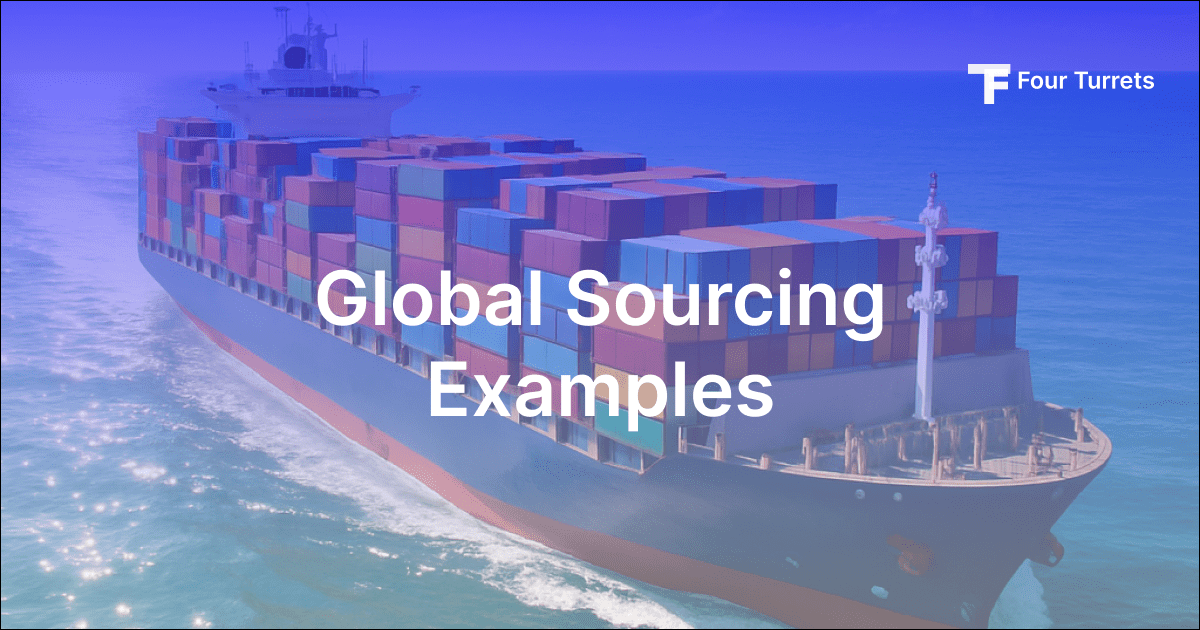Manufacturing Electric Vehicles: EV Challenges & Solutions
The global shift from traditional ICE vehicles to EV market is accelerating, but manufacturing electric vehicles (EVs) presents a unique set of challenges. As the EV industry races toward electrification, automakers and suppliers must navigate complex hurdles in EV manufacturing, battery technology, supply chain logistics, and infrastructure development. In this article, we’ll explore the core […]
Read MoreLow-Volume Manufacturing: Guide to Flexible Production
Hardware and manufacturing landscape is evolving. Various businesses are constantly looking to innovate, customize, and deliver products faster than ever before. Traditional mass production, while efficient for large quantities, often falls short when it comes to flexibility, speed, and customization. This is where low-volume manufacturing steps in as a game-changer. By focusing on producing small […]
Read More10 Ways a Product Sourcing Company Can Reduce Your Supply Chain Costs
Global businesses are under constant pressure to optimize procurement, reduce costs, and improve efficiency. Partnering with a product sourcing company is a proven strategy to achieve significant cost savings and streamline your procurement process. Here’s how leveraging expert sourcing can help you meet your business goals and reduce costs across your supply chain. 1. Access […]
Read MoreFacts About Merchant Exporters in India
India’s export sector is a dynamic landscape and constantly evolving. Merchant exporters play a pivotal role in connecting local suppliers with global markets. If you are considering entering the world of export businesses or want to understand the tax structure and GST regime for merchant exporters, this guide will help you navigate the essentials. Who […]
Read MoreExamples of Global Sourcing | Strategic Sourcing Strategies
Industries rely on the global supply chain to optimize costs, access specialized goods and services, and increase competitiveness in the international market. Some of the most prominent sectors include technology, automotive, manufacturing, consumer goods, telecommunications, food and beverage, energy, and professional services. Here are examples of some popular industries that uses global sourcing for their […]
Read MoreGlobal Sourcing in Supply Chain & Procurement: An Overview
Global sourcing has become an essential pillar for modern supply chain and procurement professionals seeking to unlock value, enhance resilience, and maintain a competitive edge in the global marketplace. Let’s delve into what global sourcing entails, why it matters, the key procurement strategies, as well as benefits, risks, and the latest trends shaping global sourcing […]
Read MoreExport Invoice Discounting: Trade Financing Explained
Export Invoice Discounting: Trade Financing, Simplified Waiting months for overseas clients to pay invoices can choke your cash flow. Export invoice discounting steps in as a fast financial solution—turning unpaid invoices into quick working capital. Instead of waiting, exporters get paid upfront, keeping their business running smoothly. What Is Export Bill Discounting? Export bill discounting […]
Read MoreMerchant Export Under GST: A Simple Guide for Merchant Exporters
What Is Merchant Export? Merchant export refers to the process where traders or firms purchase goods from Indian suppliers specifically to export those goods, without any substantial processing or manufacturing. These exporters act as intermediaries, connecting domestic manufacturers to overseas markets. In India, these exports enjoy special status under GST law, offering procedural ease and […]
Read MoreOEM: What is Original Equipment Manufacturer?
Defining OEM and Its Core Meaning In various industries, particularly in automotive and electronics, the term OEM stands for Original Equipment Manufacturer. An OEM is a company that produces parts and equipment that are used by another company to create its final product. For example, a car manufacturer may source OEM parts to assemble their […]
Read MoreCustoms Declaration: Common Mistakes and How to Avoid Them
Common Customs Declaration Mistakes & How to Avoid Them When engaging in global trade, custom clearance is a critical step that can either smoothen your shipment process or cause costly delays and fines across borders. For small manufacturers and exporters, especially those new to global markets, navigating the complexities of customs declarations can be daunting. […]
Read More










